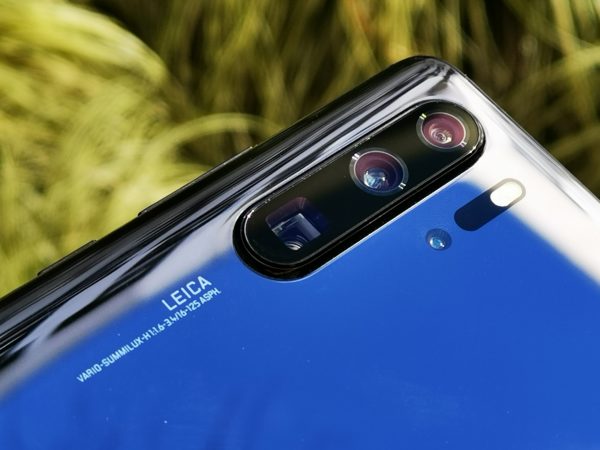
Just when you think the smartphone camera has come a long way, along comes the Huawei P30 Pro this week, which brings a number of surprises from the Chinese company’s partnership with Leica.
Over and above last year’s P20 Pro, the new P30 Pro has a Time-of-Flight (ToF) sensor, a 5x optical zoom system and the innovative RYB sensor on the main camera.
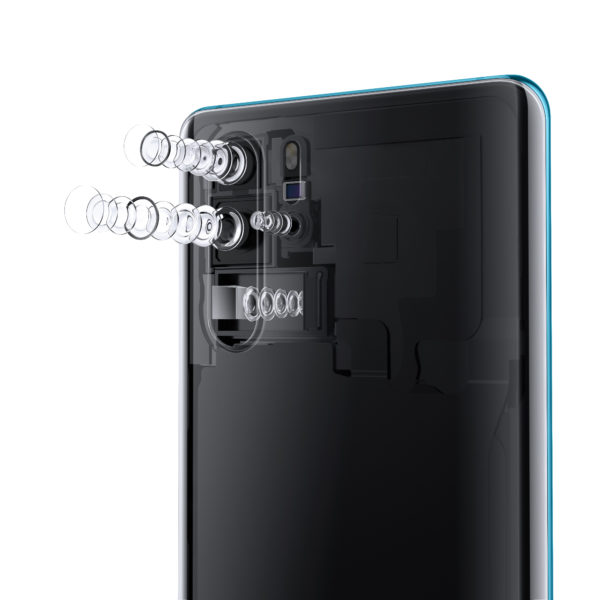
The P30 Pro’s periscopic zoom mechanism is not the first the market, to be fair. Asus was really ahead of its time when it worked with Japan’s Hoya to include a similar periscopic 3x lens design in the Zenfone Zoom three years ago.
Huawei’s version provides an improved 5x optical zoom. This is similar to a focal length of 125mm on a full-frame camera lens.
For a photographer, having a lens that can zoom further allows a different perspective to a scene. It can be useful for portraiture, macro shots of insects and flowers and perhaps a bit of wildlife photography if the subject stays still.
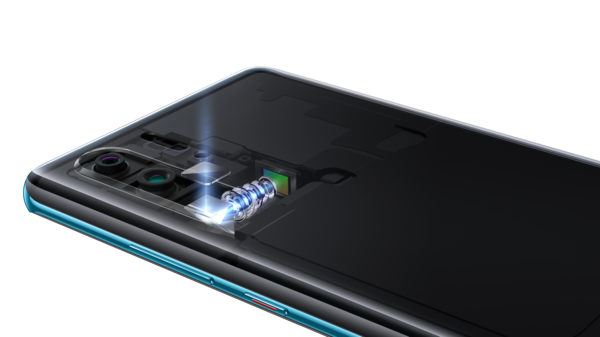
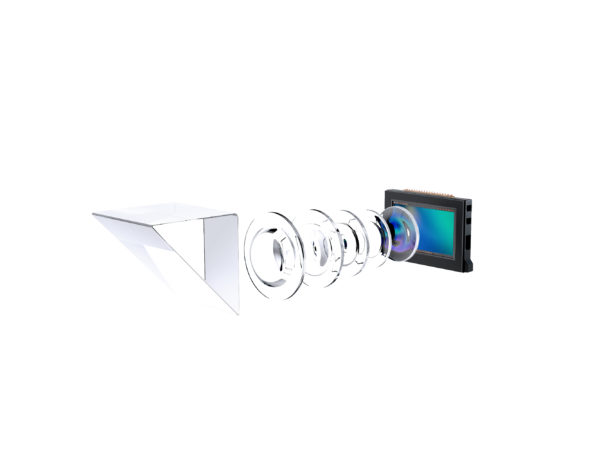

But the improvements you see on the P30 Pro, at least from my early impressions with the phone this week, is not just down to hardware. The computational photography techniques employed since the P9 make a real difference.
On the P30 Pro, the software uses both the 5x optical zoom and the 40-megapixel main sensor to create very usable “hybrid” zoom images at 10x or 50x digital zoom. Image quality is not a concern here.
Besides the zoom, the P30 Pro looks promising for portraits as well, thanks the new ToF sensor. It is able to create a 3D map of a scene in front of the camera and apply this information to the image from the main sensor to create a realistic and accurate bokeh to the background.
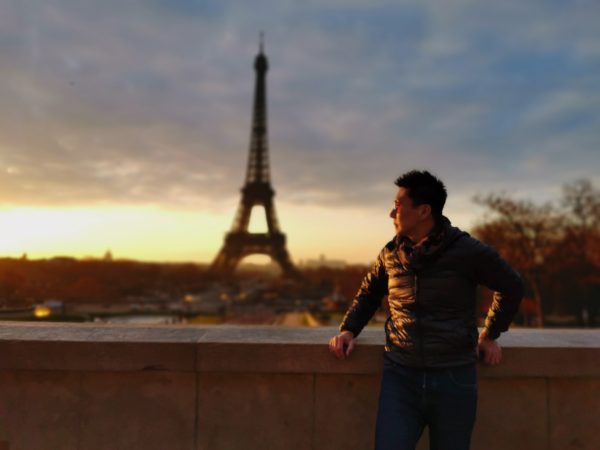
Both the zoom feature and ToF sensor rely on the main camera to create images. The use of algorithms may seem to provide the magic but it is also important that the main sensor is more sensitive to light. That leads to better data being collected.
To that end, the P30 Pro is the first smartphone to employ an RYB array, rather than the commonly used RGB (red-green-blue), on its main sensor. Where did G or green go? That’s created from the computation of information from red and blue.
What this means is that the sensor can now read yellow information from a scene. In turn, this increases the sensor’s light sensitivity so well that Huawei can claim that an ISO equivalent of 409600 can be achieved by the sensor. This means capturing a lot more light.
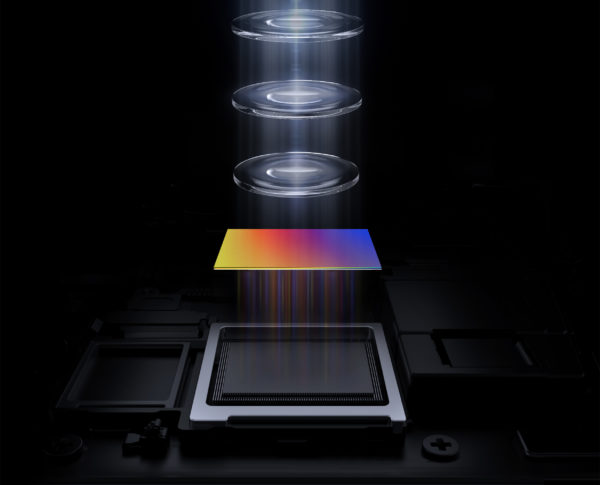
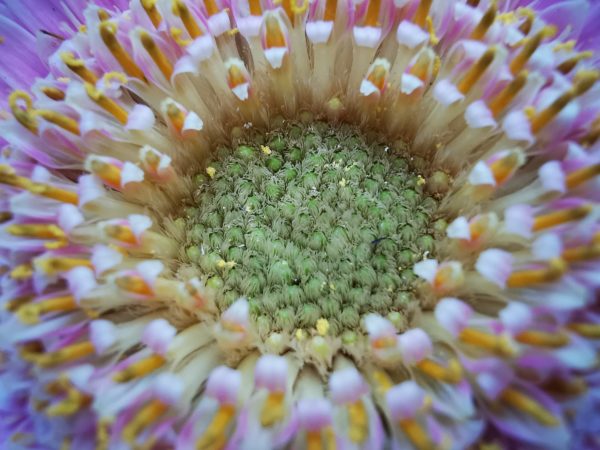
The advantage of such a change is quite significant. I was able to do a hand-held 6-second night shot that allows more details to be captured without the use of a tripod.
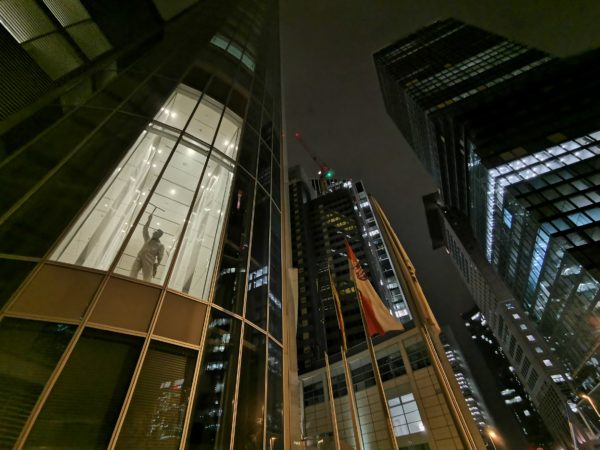
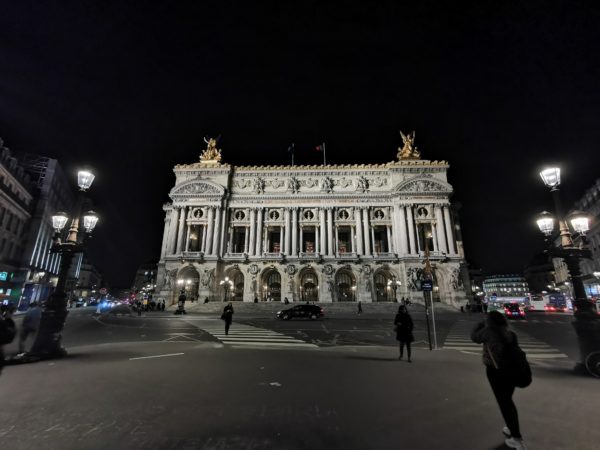
Separately, the images churned out from the 10x hybrid zoom function is remarkably good for such a small device thanks innovative use of image data from both the main and the zoom sensors.
Thanks to the advancement in camera technology through the use of computational methods, I have found myself relying less on my bigger and better-equipped DSLRs and mirrorless cameras of late.
Going by my early experience with it, the P30 Pro promises to make me even happier with a phone camera on the go. Not surprisingly, the respected DXOMark photography test lab has given the P30 Pro the highest score of 112 as well.
I can’t wait to take more photos with the P30 Pro.
Do look out for our full review of the new Huawei phone.






